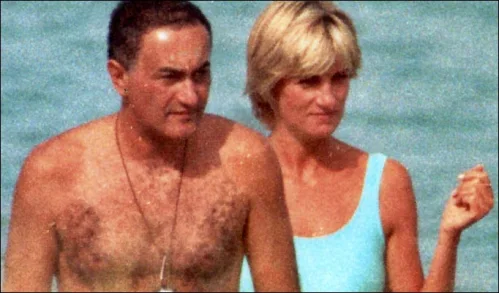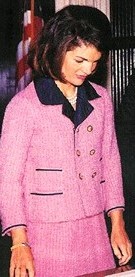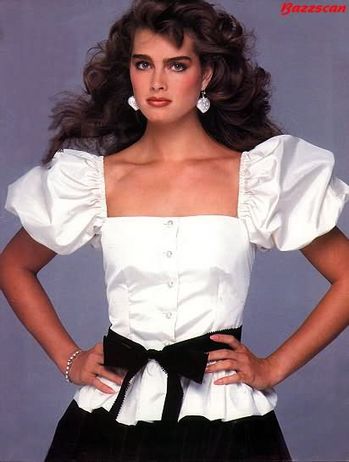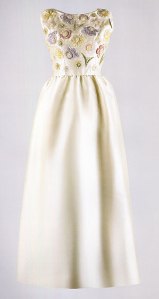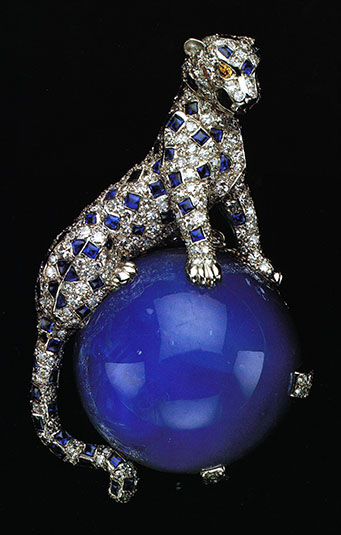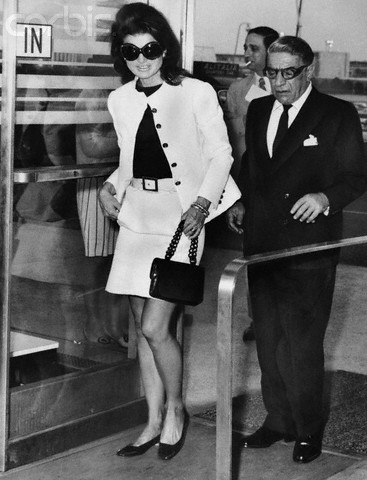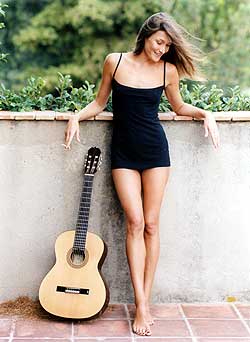
Dodi Al Fayed looks over Princess Diana’s shoulder just minutes before the two of them will die in a Paris tunnel.
Keith Allen, the director of the controversial film, “Unlawful Killing,” is interviewed today by the UK Daily Mail regarding his decision to include in the “documentary” a previously unseen and graphic black and white photo of Princess Diana as she lay dying August 31, 1997. The photo was probably sold by one of the paparazzi in the Paris tunnel with her at the time of her fatal car crash. (1)
“Unlawful Killing” debuts tomorrow at the Cannes Film Festival. Allen defends his tasteless use of the disturbing photo of the much beloved princess on the heels of the Royal Wedding:
The photo is not used in the film for the purpose of shock. It is included as evidence, because it shows clearly that, although Diana had been injured in the crash, she was alert and very much alive. I repeat: it is not a picture of a dying woman.
As medical evidence presented at the inquest confirmed, if Diana had been taken promptly to hospital by Dr Jean-Marc Martino, she could well have survived.
Instead, due to a series of delays that have never been properly explained, it took one hour and 43 minutes to get her to a hospital just a couple of miles away, by which time her life was ebbing away.
We briefly use one photograph as part of a sequence which asks: why was she not taken to hospital more quickly? What took place within Dr Martino’s ambulance (inside which she remained for well over an hour)? Why is Dr Martino’s evidence greatly at variance with the known facts? And why did no official inquiry ever interview (or even name) most of other people in the ambulance?
Surely, if the inquest and police enquiries were as ‘thorough’ and ‘open’ as the voices of authority insist, that is the very least they would have done?
My film is not about a conspiracy before the crash, but about a conspiracy after the crash, culminating in a six-month inquest which (it is my contention) sought to bury the truth, rather than reveal it. I don’t know whether I’ll convince you or not, but I hope you’ll reserve judgement until you have seen it for yourselves.
Admittedly, that’s difficult at the moment, because the film cannot be shown in the UK (mainly because the questions it asks about the conduct of the coroner and police chiefs could lead to us all being imprisoned under contempt of court laws). But it will soon be showing widely throughout the world, so many of you will be able to see it elsewhere.” (2)
Allen admits that “Unlawful Killing” is backed by Mohamed Al Fayed, the former owner of Harrods Department Store in London. Al Fayed is the father of Dodi Fayed, Diana’s lover, who also died in the Paris crash.
Mohamed Al Fayed is convinced that Dodi and Diana were murdered by a collaboration between the British spy agency M16 and Queen Elizabeth’s husband, Prince Philip.
Mohamed Al Fayed has pursued his elaborate conspiracy theory for over a decade, memorably presenting it at an official British inquest into the deaths of Dodi and Diana. (3) However, on April 7, 2008, the jury released an official statement that sharply dismissed Al Fayed’s claim:
Diana and Dodi were unlawfully killed by the grossly negligent driving of chauffeur Henri Paul and the paparazzi. Though the official verdict implicated the pursuing vehicles, the jury also named the intoxication of the driver and the victims’ decisions to not wear seat-belts as contributing factors to their deaths. Additionally, the Mercedes had been travelling at over twice the legal speed limit of that particular section of road and had long since left the paparazzi vehicles far behind by the time the accident occurred.” (4)
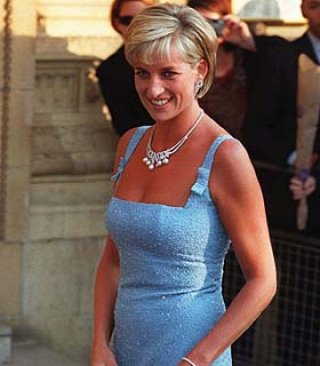
Princess Diana (1961-1997). Mohamed Al Fayed created many myths about his son Dodi and Princess Diana’s romance, particularly that they were getting ready to announce their wedding plans. He even went so far as to claim that Diana was pregnant at the time of her death. The British inquest into Diana’s death concluded that she was not pregnant at the end.
(1) The Daily Mail
(2) The Daily Mail
(4) Wiki
Readers: Check out “Diana’s Death Photos Leaked, Part 1 “ “The Shrine at Harrods,” and other posts on the British Royal Family on this blog.
